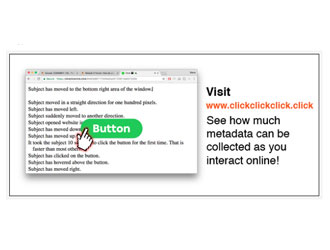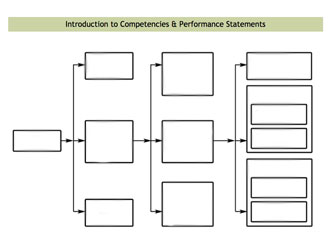The Rich Media Playbook
Executive Summary
The purpose of this document is to present a framework for defining rich media and to describe a program for integrating rich media into online instruction.
Rich media integration (RMI) is an instructional design process that involves analysis of learning outcomes, the characteristics of the subject matter, the instructional goals, and the context of learning to determine which rich media strategies and resources are most advantageous to learners. RMI is not intended to replace traditional instructional design approaches, but to serve as a complementary component.
The Playbook begins by stating the goal of the RMI program:
Goal: To produce instructional content and activities utilizing the appropriate strengths and affordances inherent in rich media that will help students to achieve learning outcomes.
We list a number of challenges in the design and development of online courses, to which we add: To use rich media in situations where the unique affordances of a rich media-based strategy offer advantageous cognitive, creative, and/or social experiences.
These challenges are not met unilaterally by a specialist. Successful RMI will involve the participation of Academic Affairs, educational technologists, faculty, instructional designers, and media production staff.
Definition: Rich media is not one particular thing, like a video or an interactive simulation. Rich media is a heading for a class of media systems that embody the capability to communicate or organize information so that learners can engage and interpret it with certainty, less ambiguity, less cognitive load, and with shared understanding. We introduce three rich media systems: multimedia, networked social communication systems (social media), and Web-based tools.
None of these media systems, on their own, cause learning. They are cognitive guides that contribute to achieving an instructional goal and must be implemented in a coordinated, deliberative, and pedagogically sound way, mindful of their affordances, costs, resource needs, and the effect on instructors’ and students’ workload.
The Playbook describes how rich media serves more than a pragmatic role in learning. The use of rich media throughout a curriculum serves as an implicit affirmation to students that they may expect to see and use these forms of engagement in the real world.
The Playbook concludes with an outline that describes how RMI is initiated, carried out through the pre-launch course development process, supported in implementation, and formatively and summatively evaluated. This process will change and evolve over time as it is integrated into broader schemes and influenced by student and instructor feedback.
References & Supporting Resources
Bandura, A. (1986). Social foundations of thought and action: A social cognitive theory. Englewood Cliffs, NJ: Prentice-Hall.
Clark, R. (1983). Reconsidering research on learning from media. Review of Educational Research , 53 (4), 445-459.
Daft, R. L., R. H. Lengel (1986). Organizational information requirements, media richness and structural design. Management Science. 32(5) 554–571.
Garrison, D., Anderson, W., & Archer, W. (2003). A theory of critical inquiry in online distance education. In M. G. Moore & W. G. Anderson (Eds.), Handbook of distance education, 113-127. Mahwah, NJ: Erlbaum.
Garrison, D. R., & Arbaugh, J. B. (2007). Researching the community of inquiry framework: Review, issues and future directions. Internet and Higher Education, 10, 157-172.
Heeren, E. and Lewis, R. (1997), Selecting communication media for distributed communities. Journal of Computer Assisted Learning, 13: 85–98. doi: 10.1046/j.1365-2729.1997.00011.x
Kozma, R. B. (1991). Learning with media. Review of Educational Research, 61, 179-211.
Mayer, R. E. (Ed). (2005). Cambridge Handbook of Multimedia Learning. New York: Cambridge University Press.
Mayer, R. E. (2009). Multimedia learning (2nd ed). New York: Cambridge University Press.
Mayer, R. E. & Moreno, Roxana (2003). “Nine Ways to Reduce Cognitive Load in Multimedia Learning.” Educational Psychologist, 38(1).
Palloff, R., & Pratt, K. (2007). Building online learning communities: Effective strategies for the virtual classroom. San Francisco: Jossey-Bass.
Weinberger, D. (2011). Too big to know: Rethinking knowledge now that the facts aren’t the facts, experts are everywhere, and the smartest person in the room is the room. New York: Basic Books.


